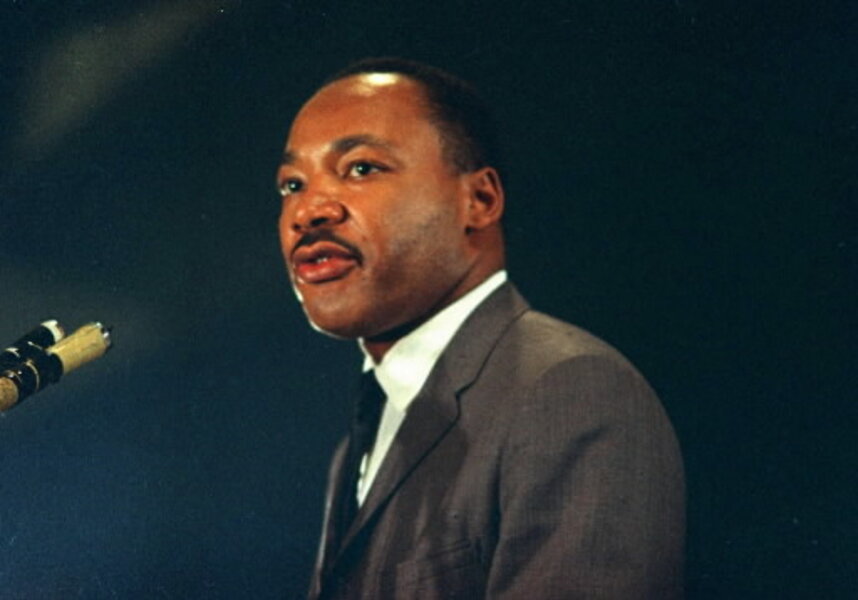After successful demonstrations in the South, Dr. King and other civil rights leaders sought to spread the movement north. They chose Chicago as their next destination to take on black urban problems, especially segregation.
To show his commitment to the northern campaign, King rented an apartment in the slums of North Lawndale on the city's West Side. One Friday afternoon in August, King led about 700 people on a march in Marquette Park on Chicago’s Southwest Side, a white enclave, to protest housing segregation. Thousands of white people gathered, taunting King and the other protesters. At one point, a brick hit King in the head, but he continued the march as onlookers hurled rocks, bottles, and firecrackers at the marchers. Thirty people, including King, were injured.
Of the Chicago protest, King later said, “I have seen many demonstrations in the South, but I have never seen anything so hostile and hateful as I’ve seen here today.” He continued, “I have to do this – to expose myself – to bring this hate into the open.”





